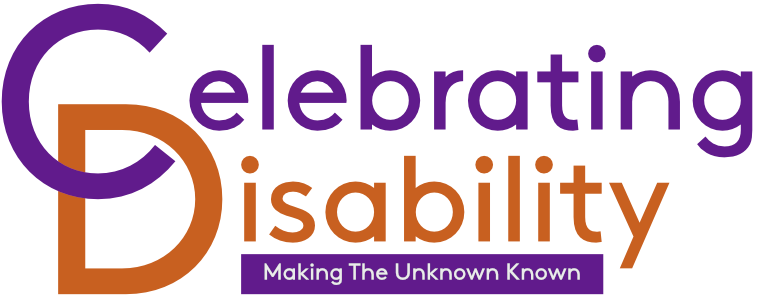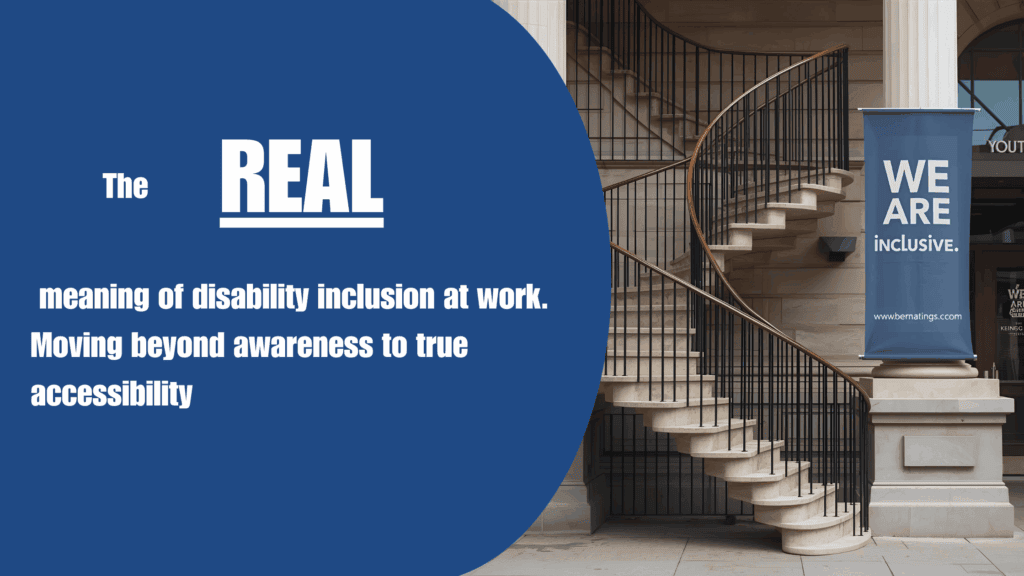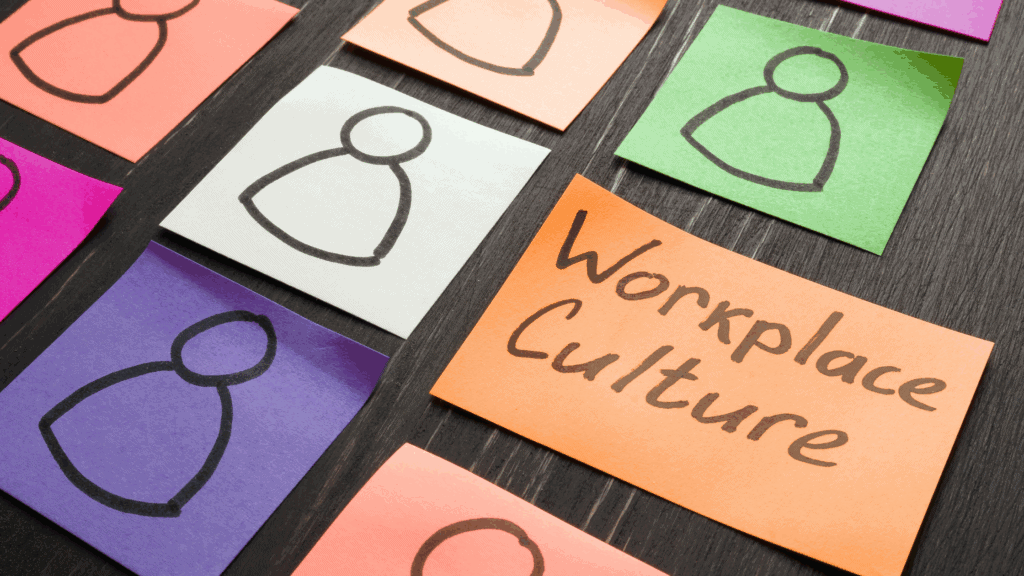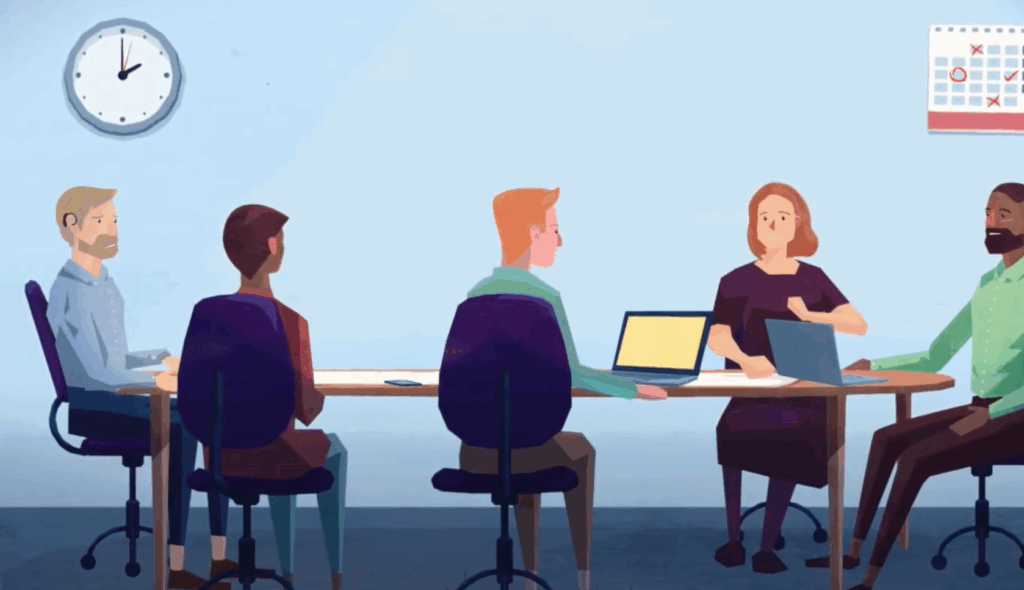Creating a better service for everyone
On a personal note, there are so many occasions (about 4 or 5 a day) where I think “a disabled person was obviously not consulted when this was designed”. It’s so frustrating.
It’s not only me who thinks this, just listen to the podcast. When I ask my interviewees what their biggest barrier to buying products and services are: 9 times out of 10 their answers are something to do with the service; whether it be the changing rooms in clothes shops, the lack of clear signage in department stores, letters and documents that cannot be accessed by everyone, the staff perceptions and attitudes. The results are always the same: disabled people feeling frustrated and unwelcome. The most frustrating elements are that this is unnecessary. There are so many disabled people in our local communities, buying from stores, interacting with our businesses that there is literally no need to not be inclusive of disabled people’s needs.
Businesses no longer have the excuse that ignorance is bliss because the spending power of disabled people is over £260 billion per year. It is getting harder and harder to be ignorant about the needs of disabled people. Obviously, you’ve read all my blogs and listened to all my podcasts but even without these, articles swarm the news talking about how, yet another business has ignored the needs of disabled people.
Yes, there is legislation that states businesses cannot discriminate against disabled people and must put in place provision to enable disabled people to access the services on offer. However, as I have said before in previous blogs, legislation does not change attitude and it does not make a person feel welcome. This part is up to us as business owners. We don’t have to do this alone however, we can involve the experiences of disabled people who have lived through exclusion every day to help design and develop services that are inclusive of disability.
Below, I have listed 10 ways that you can utilise the experiences of disabled people to ensure your service and business is inclusive of all.
10 ways disabled people can help
- Ask for feedback
Sounds simple? It is really that simple. Asking your guests/customers/clients what their experience was like and then take note of the answer. It is really as simple as it sounds.
- A specific question in your feedback survey
This does not have to stand out like a sore thumb but could be something that is added to your existing survey. For example:
If you had any access requirements, do you feel/please indicate whether you felt these were met.
This can then be followed with a text box for any comments and an explanation of how these comments will be used. It is important that this question is not separated from the others. Make this part of your general feedback form. Don’t forget, access can mean many things to many people. It does not only relate to disability.
- Look out good practice
Visit local businesses that offer similar services to your own and find out what they do to be inclusive of their disabled customers.
- Assert common sense
This can be easier than it sounds, especially where no one within your business has experience of disability. However, it may help to put yourself in somebody else’s situation and ask yourself how you would like to be treated/what would you expect to happen if this was you. Use this experience to create change.
- Try different options
As the saying goes: if at first you don’t succeed, try and try again. This may be at times a more expensive option (but not always as not all barriers have financial implications) and you may come across something you have not tried before that works perfectly. This is also a way to include your employees to help break down some of the attitudinal barriers which could also be preventing inclusion.
-
Acknowledge the barrier
I hear people say to me quite often “I don’t see your disability” and I wonder how this could be. I am physically disabled and my disability is obvious. It is so important to recognise disability. Not as a bad thing but for 2 main reasons:
- The experiences of disabled people should be recognised and celebrated for offering a different perspective
- If you don’t see disability, you cannot see the barriers and as we have discussed, the barriers exist
You must acknowledge the barrier to then find a solution.
- Don’t create barriers
Not dissimilar to point 5, do not let attitudes, perceptions, confidence (or lack of), lack of awareness and fear create barriers that do not need to exist.
- Invest in training
Training can sometimes feel like an expense. However, it is not so if you think that the end result will be extra customers who are not just satisfied but are excited about your business. As a result of training, your employees will understand more about the barriers that are faced by disabled people and will develop confidence when supporting and interacting with your disabled customers.
- Hire disabled people…
… who are not only experts in their field of auditing and making recommendations but are also experts by experience. An accessible toilet that has been designed by a non-disabled person without consulting the experience of a disabled person is never very accessible. Hire a disabled person and get it right first time.
- If they are not coming in, you are not inclusive
I would be a billionaire if I had a pound for every time somebody said that they were inclusive but disabled people did not come in. With over 13 million people in the UK being disabled, there is no way that a disabled person will not interact with your business unless you’re not doing everything to ensure that they can feel as included as everyone else.
If you have found this blog helpful and would like to find out more, why not come along to our event in Basingstoke on 27th March where you can learn some tricks to be more inclusive of disabled people.




